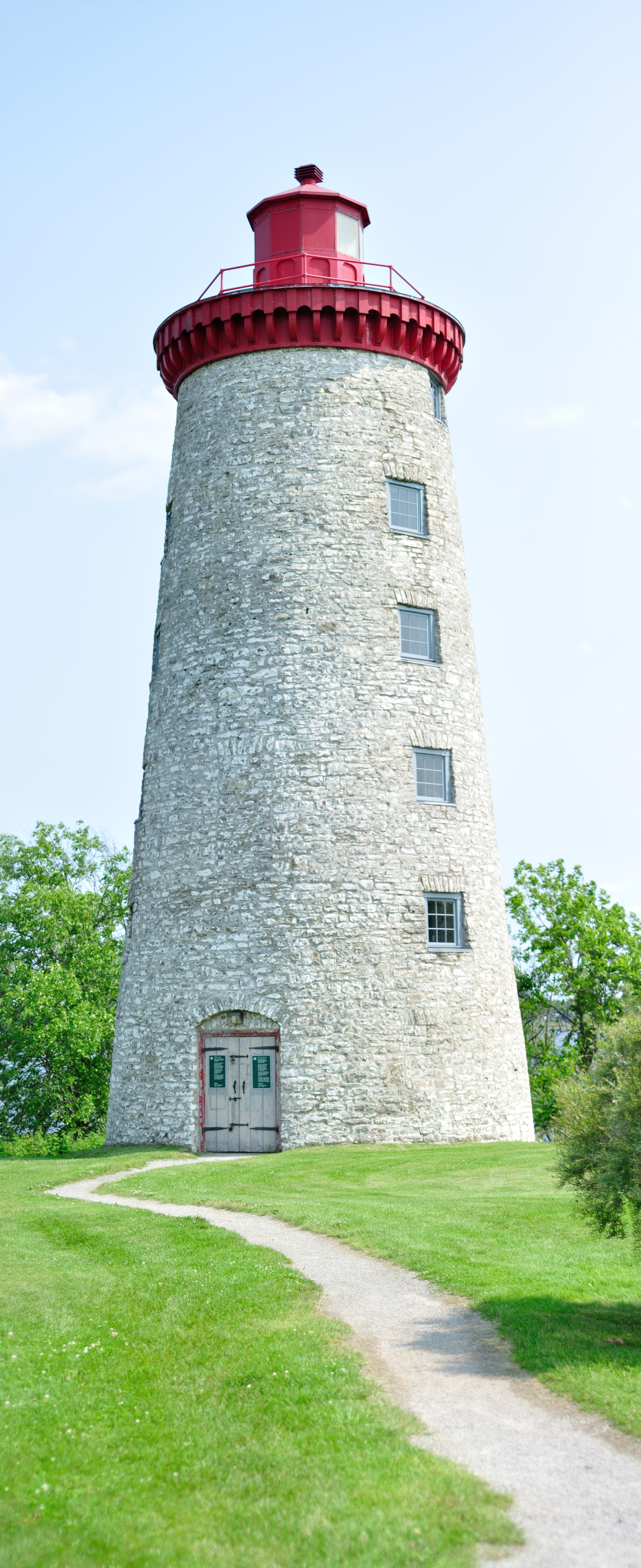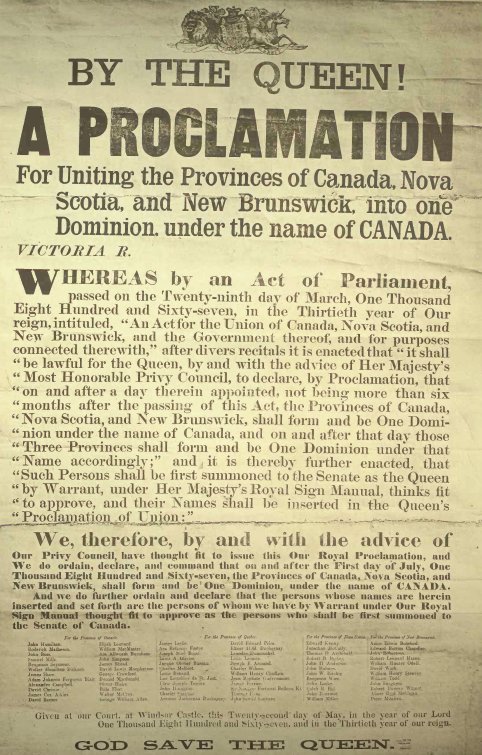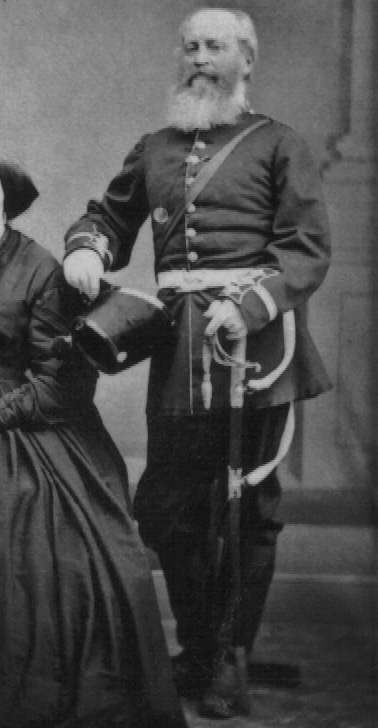|
Battle Of The Windmill
The Battle of the Windmill was fought in November 1838 in the aftermath of the Upper Canada Rebellion. Loyalist forces of the Upper Canadian government and American troops, aided by the Royal Navy and the United States Navy, defeated an invasion by militants of a United States clandestine organization known as Hunter Patriots. The insurgents had intended using Windmill Point as a base for further offensives into Canada. Canadian, British, and American troops thwarted the invasion, successfully defending Canadian soil and forced the invaders to surrender. Others still in the U.S. were captured and arrested by U.S. officials. Background After a rebellion by disaffected Upper Canadians was suppressed in 1837, the majority of the rebel leaders fled to the United States. Popular sentiment in the States held that Canadians were eager to overthrow British rule and form a republic patterned after the American model. An organization known as the Hunter Patriots was formed to assist the re ... [...More Info...] [...Related Items...] OR: [Wikipedia] [Google] [Baidu] |
Patriot War
The Patriot War was a conflict along the Canada–United States border in which bands of raiders attacked the United Kingdom of Great Britain and Ireland, British colony of Upper Canada more than a dozen times between December 1837 and December 1838. It was not a conflict between nations; it was a war of ideas fought by like-minded people against British forces, with the British eventually allying with the US government against the Patriots. Participants in the conflict were members of a secret association known as the Hunters' Lodges, Hunter's Lodge, formed in the United States in sympathy with the Rebellions of 1837–1838, 1837 Rebellions in Upper and Lower Canada. The organization arose in Vermont among Lower Canadian refugees (the eastern division or Frères chasseurs) and spread westward under the influence of Dr Charles Duncombe (Upper Canada Rebellion), Charles Duncombe and Donald McLeod (Upper Canada Rebellion), Donald McLeod, leaders of the short-lived Canadian Refug ... [...More Info...] [...Related Items...] OR: [Wikipedia] [Google] [Baidu] |
Fort Wellington
Fort Wellington National Historic Site is a historic military fortification located on the north shore of the St. Lawrence River at Prescott, Ontario. The military fortification was used by the British Army, and the Canadian militia for most of the 19th century, and by the militia in the 20th century, until 1923, when the property was handed over to the Dominion Parks Commission, the predecessor to Parks Canada. The fort was earlier named a National Historic Site of Canada in January 1920. Built in the midst of the War of 1812, the British commissioned the construction of the fortification in 1813 to protect the head of the Gallop Rapids in the St. Lawrence. Completed in 1814, the fort was abandoned by the British shortly after the war, although it formally remained the property of the British Board of Ordnance. The British commissioned the construction of a new fort, on top of the earthwork of the first fort in 1838, during the onset of the Rebellions of 1837–1838. Completed in ... [...More Info...] [...Related Items...] OR: [Wikipedia] [Google] [Baidu] |
Battle Of The Windmill National Historic Site
Battle of the Windmill National Historic Site marks the site of the November 1838 Battle of the Windmill, fought around a grist windmill near Prescott, Ontario, Prescott, Ontario, Canada. In 1873, the original grist mill, grist windmill was converted into a lighthouse by the Canadian Department of Marine. The lighthouse became known as Windmill Point Light. In 1996 the Friends of Windmill Point opened the 60-foot-tall stone lighthouse tower to the public as Battle of the Windmill National Historic Site, a National Historic Site of Canada. Visitors are led on a guided tour of the tower, and can climb to the top just below the lantern room for a view of the St. Lawrence River. There are interpretive panels about the battle, a video presentation, and a gift shop. The tower is open weekends in June and September, and daily in July and August, and is located on Windmill Point Road, off Ontario Highway 2, Highway 2, 3 km east of the town of Prescott, Ontario. See also *Fort Well ... [...More Info...] [...Related Items...] OR: [Wikipedia] [Google] [Baidu] |
National Historic Sites Of Canada
National Historic Sites of Canada () are places that have been designated by the federal Minister of the Environment on the advice of the Historic Sites and Monuments Board of Canada (HSMBC), as being of national historic significance. Parks Canada, a federal agency, manages the National Historic Sites program. As of November 2023, there were 1,005 National Historic Sites, 171 of which are administered by Parks Canada; the remainder are administered or owned by other levels of government or private entities. The sites are located across all ten provinces and three territories, with two sites located in France (the Beaumont-Hamel Newfoundland Memorial and Canadian National Vimy Memorial). There are related federal designations for National Historic Events and National Historic Persons. Sites, Events and Persons are each typically marked by a federal plaque of the same style, but the markers do not indicate which designation a subject has been given. For example, the Ridea ... [...More Info...] [...Related Items...] OR: [Wikipedia] [Google] [Baidu] |
Confederation
A confederation (also known as a confederacy or league) is a political union of sovereign states united for purposes of common action. Usually created by a treaty, confederations of states tend to be established for dealing with critical issues, such as defence, foreign relations, internal trade or currency, with the central government being required to provide support for all its members. Confederalism represents a main form of intergovernmentalism, defined as any form of interaction around states that takes place on the basis of sovereign independence or government. The nature of the relationship among the member states constituting a confederation varies considerably. Likewise, the relationship between the member states and the general government and their distribution of powers varies. Some looser confederations are similar to intergovernmental organization, international organisations. Other confederations with stricter rules may resemble federal systems. These elements o ... [...More Info...] [...Related Items...] OR: [Wikipedia] [Google] [Baidu] |
John A
Sir John Alexander Macdonald (10 or 11January 18156June 1891) was the first prime minister of Canada, serving from 1867 to 1873 and from 1878 until his death in 1891. He was the Fathers of Confederation, dominant figure of Canadian Confederation, and had a political career that spanned almost half a century. Macdonald was born in Scotland; when he was a boy his family immigrated to Kingston, Ontario, Kingston in the Province of Upper Canada (today in eastern Ontario). As a lawyer, he was involved in several high-profile cases and quickly became prominent in Kingston, which elected him in 1844 to the legislature of the Province of Canada. By 1857, he had become List of Joint Premiers of the Province of Canada, premier under the colony's unstable political system. In 1864, when no party proved capable of governing for long, he agreed to a proposal from his political rival, George Brown (Canadian politician), George Brown, that the parties unite in a Great Coalition to seek fede ... [...More Info...] [...Related Items...] OR: [Wikipedia] [Google] [Baidu] |
Australia
Australia, officially the Commonwealth of Australia, is a country comprising mainland Australia, the mainland of the Australia (continent), Australian continent, the island of Tasmania and list of islands of Australia, numerous smaller islands. It has a total area of , making it the list of countries and dependencies by area, sixth-largest country in the world and the largest in Oceania. Australia is the world's flattest and driest inhabited continent. It is a megadiverse countries, megadiverse country, and its size gives it a wide variety of landscapes and Climate of Australia, climates including deserts of Australia, deserts in the Outback, interior and forests of Australia, tropical rainforests along the Eastern states of Australia, coast. The ancestors of Aboriginal Australians began arriving from south-east Asia 50,000 to 65,000 years ago, during the Last Glacial Period, last glacial period. By the time of British settlement, Aboriginal Australians spoke 250 distinct l ... [...More Info...] [...Related Items...] OR: [Wikipedia] [Google] [Baidu] |
Penal Transportation
Penal transportation (or simply transportation) was the relocation of convicted criminals, or other persons regarded as undesirable, to a distant place, often a colony, for a specified term; later, specifically established penal colonies became their destination. While the prisoners may have been released once the sentences were served, they generally did not have the resources to return home. Origin and implementation Banishment or forced exile from a polity or society has been used as a punishment since at least the 5th century BCE in Ancient Greece. The practice of penal transportation reached its height in the British Empire during the 18th and 19th centuries. Transportation removed the offender from society, mostly permanently, but was seen as more merciful than capital punishment. This method was used for criminals, debtors, military prisoners, and political prisoners. Penal transportation was also used as a method of colonization. For example, from the earliest day ... [...More Info...] [...Related Items...] OR: [Wikipedia] [Google] [Baidu] |
Kingston, Ontario
Kingston is a city in Ontario, Canada, on the northeastern end of Lake Ontario. It is at the beginning of the St. Lawrence River and at the mouth of the Cataraqui River, the south end of the Rideau Canal. Kingston is near the Thousand Islands, a tourist region to the east, and the Prince Edward County, Ontario, Prince Edward County tourist region to the west. Kingston is nicknamed the "Limestone City" because it has many heritage buildings constructed using local limestone. Growing European exploration in the 17th century and the desire for the Europeans to establish a presence close to local Native occupants to control trade led to the founding of a New France, French trading post and military fort at a site known as "Cataraqui" (generally pronounced ) in 1673. The outpost, called Fort Cataraqui, and later Fort Frontenac, became a focus for settlement. After the Conquest of New France (1759–1763), the site of Kingston was relinquished to the British. Cataraqui was renamed K ... [...More Info...] [...Related Items...] OR: [Wikipedia] [Google] [Baidu] |
Stormont, Dundas And Glengarry Highlanders
Stormont, Dundas and Glengarry Highlanders is a Primary Reserve infantry regiment of the Canadian Army. It is part of 33 Canadian Brigade Group, 4th Canadian Division and is headquartered in Cornwall, Ontario. Regimental badge Superimposed upon a background of thistle, leaves and flowers the letters SDG; below, a raven on a rock superimposed on a maple leaf. A half scroll to the left of the maple leaf is inscribed DILEAS; another to the right inscribed GU BAS; above, a semi-annulus inscribed GLENGARRY FENCIBLES and surmounted by the Crown. The whole superimposed upon a Saint Andrew's cross, Lineage File:Regt Colour (SD&G).png, Regimental colour, with additional battle honours (2019). File:SD&G Highrs Camp Flag.jpg, Regimental camp flag File:Macdonnell-of-glengarry-modern-10oz-wool-tartan-swatch lg.jpg, Regimental tartan- MacDonell of Glengarry (Modern) The Stormont, Dundas and Glengarry Highlanders was raised in Cornwall, Ontario, on 3 July 1868, as the ''59th "Stormont and'' G ... [...More Info...] [...Related Items...] OR: [Wikipedia] [Google] [Baidu] |
Dundas County Militia
The Dundas County Militia was a regiment of the provincial militia of Upper Canada that was raised in Dundas County, Ontario, in the 1780s. The battle honours and legacy of the Dundas Militia are perpetuated by the Stormont, Dundas and Glengarry Highlanders. United Empire Loyalists and Establishment The military history of Dundas County, Ontario, Dundas County dates back to the early settlement days, when Loyalist veterans of the American Revolution were granted plots of land in Upper Canada and raised a local militia. The first Loyalist settlers landed in Dundas on the banks of the St Lawrence River in June 1784 and almost immediately raised a local militia force. Many of the families were German Palatines who had remained loyal to Great Britain and fought during the war with the King's Royal Regiment of New York, Butler's Rangers, and Loyal Rangers. The oldest commission found for what would become the Dundas Militia is from 20 June 1788, when Jacob Farrand (Farran) was issu ... [...More Info...] [...Related Items...] OR: [Wikipedia] [Google] [Baidu] |
83rd (County Of Dublin) Regiment Of Foot
The 83rd (County of Dublin) Regiment of Foot was a British Army line infantry regiment, which was formed in Ireland in 1793 for service in the French Revolutionary Wars. The regiment served in the West Indies, South Africa and the Peninsular War, and after the end of the wars with France spent much of the nineteenth century in colonial garrisons. Among other service, the 83rd fought in the Ceylon Great Rebellion of 1817–18, the Canadian Rebellions of 1837, and the Indian Rebellion of 1857. Under the Childers Reforms, the regiment amalgamated with the 86th (Royal County Down) Regiment of Foot to form the Royal Irish Rifles in 1881. History The regiment was raised in Dublin by Major William Fitch as the 83rd Regiment of Foot, in response to the threat posed by the French Revolution, on 28 September 1793. The regiment was quartered in the newly completed Custom House while it formed, and at the end of the year was assigned to serve as part of the regular garrison in Dublin ... [...More Info...] [...Related Items...] OR: [Wikipedia] [Google] [Baidu] |










